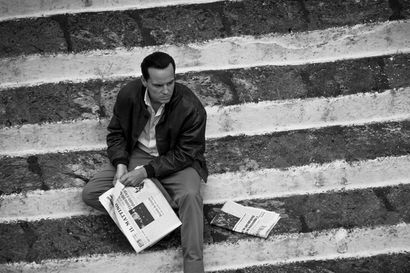50 years ago, director Francis Ford Coppola shifted the cinematic landscape with The Godfather, his ambitious feature-length tour de force that focused on the workings and machinations of the Corleone crime family. Renowned for its exceptional, singular dialogue and the career-defining performances of Al Pacino, Robert Duvall and James Caan, equally important to the film’s success were its iconic settings, from the chiaroscuro of Vito Corleone’s office to the red-sauce restaurant which witnessed son Michael’s first act of mafiosa murder.
One of the most grandeur backdrops in The Godfather was the lofty trophy home of character Jack Woltz, the film producer whose most legendary scene included him waking up to a bloodied horse’s head in his bed sheets, a strong-arm act of intimidation committed by the Corleones. Below, we take a look at one of the most singular and fabled properties in cultural legend…
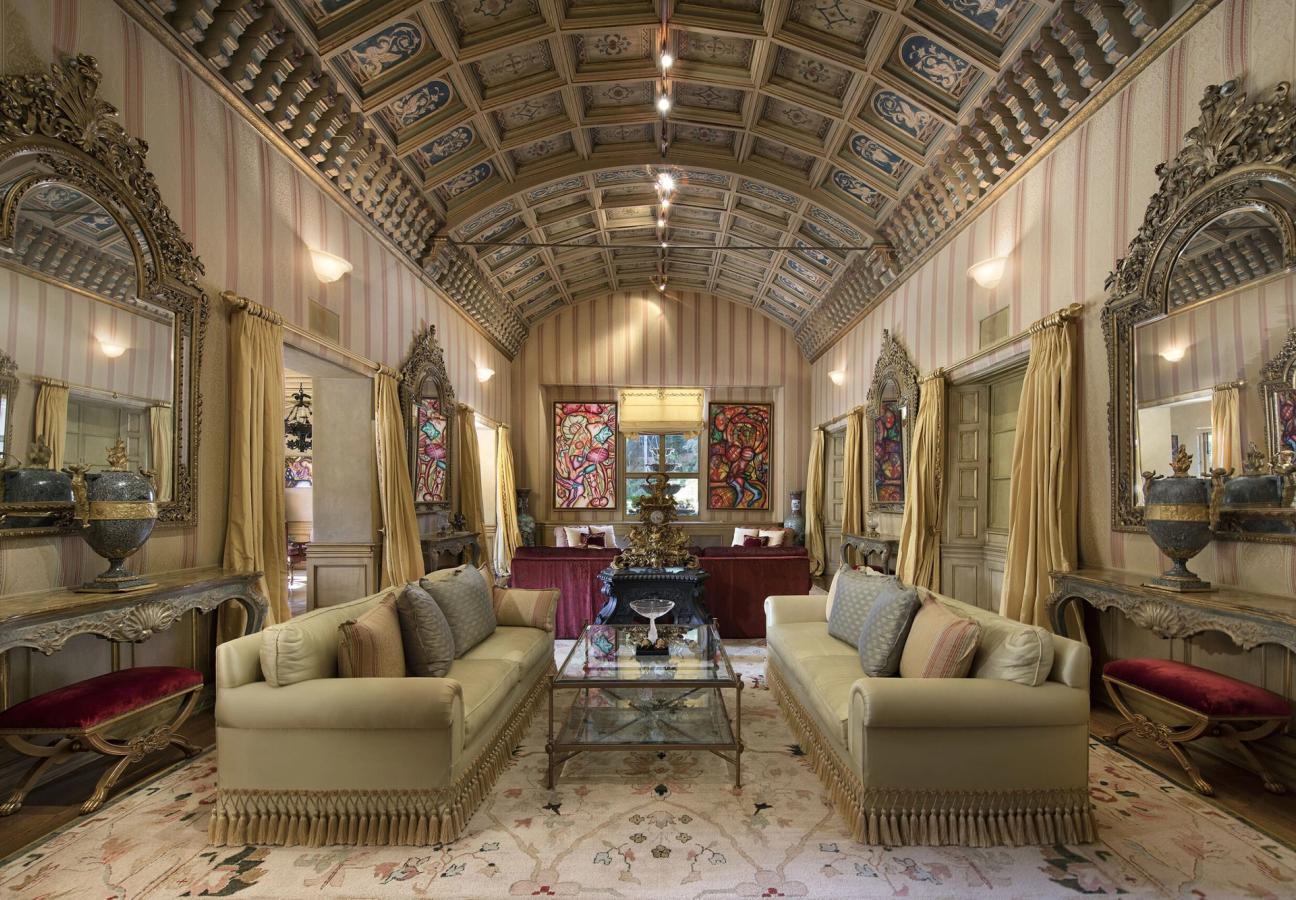
The Hearst estate, situated in old-money Beverly Hills, was conceived in 1926 by Gordon Kaufmann, whose architectural hits include The Los Angeles Times building, Hollywood Palladium, and the Hoover Dam. Its first resident was banker Milton Getz; it was one of several of John F Kennedy and Jacqueline’s honeymoon destinations, in 1953; and, until recently, was owned by financier Leonard M Ross.
Moreover, alongside Coppola’s smash-hit, the property was also given screen time in the 1992 film The Bodyguard, as well as Beyoncé’s visual album Black Is King, released in 2020. But it first drew major attention once it was acquired by William Randolph Hearst, the renowned media titan who lived there with his partner, actor Marion Davies.
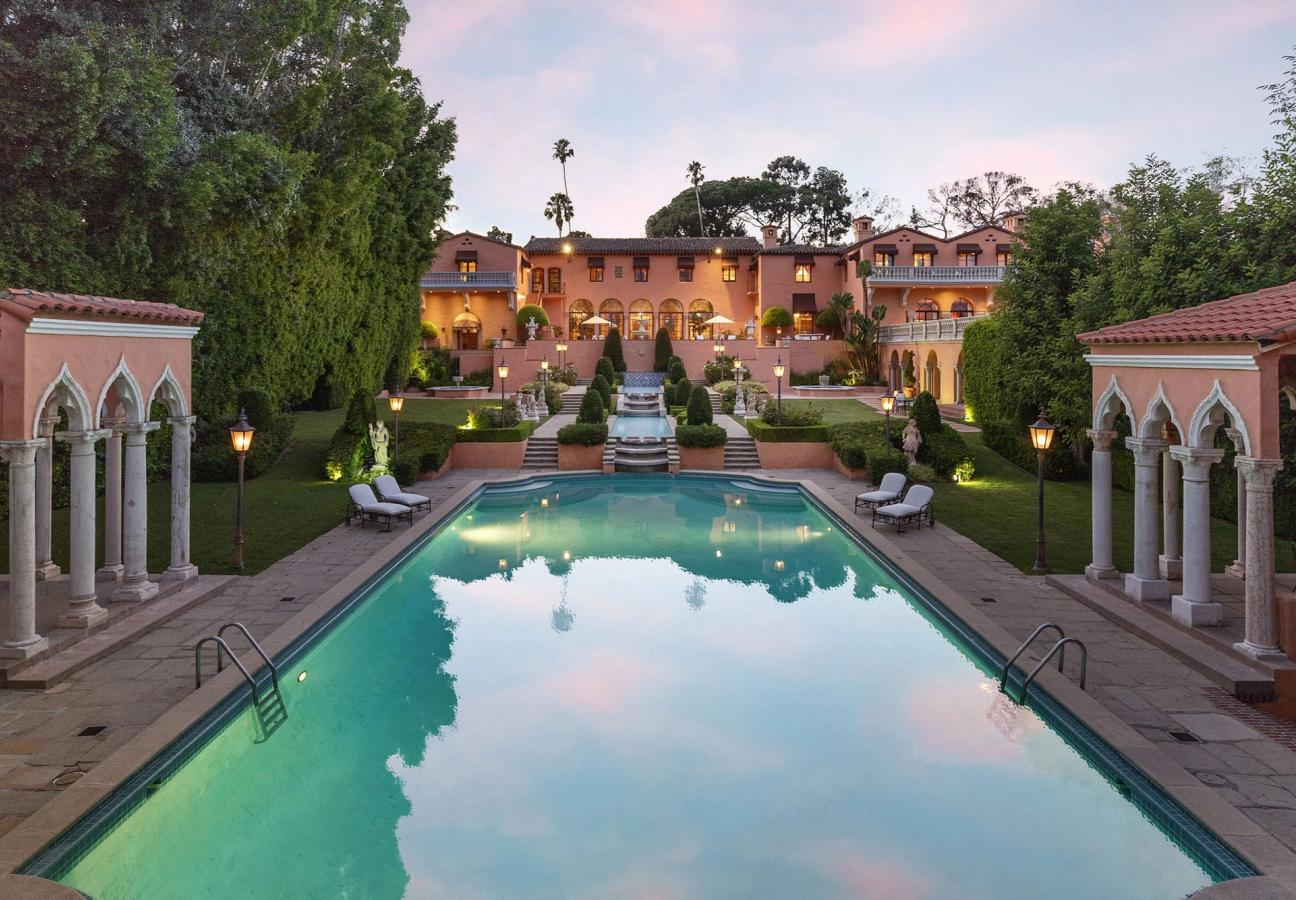
For little more than the past ten years, this 29,000 sq ft Mediterranean Revival-style pile, whose entire land comprises 3.5 acres, including a 800-ft driveway, had been ricocheting around the property market, and at one point, in 2016, had a colossal pricing of $195m – but its had long failed to attract a buyer.

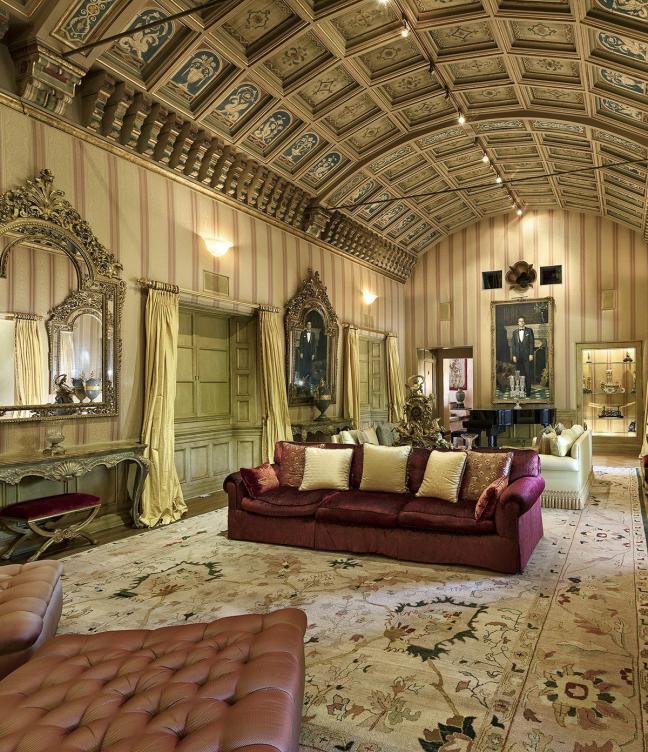
Last September, however, it hit the auction block, with six bidders involved, before eventually being sold to Nicolas Berggruen, an investor, for a reported $63.1m, a less-than-half-price discount on its former valuation. Berggruen, whose work involves investing in clean energy and running his own think tank whose aim ‘is to develop ideas and shape political, economic and social institutions for the 21st century’, has a reported net worth of $2.9bn.

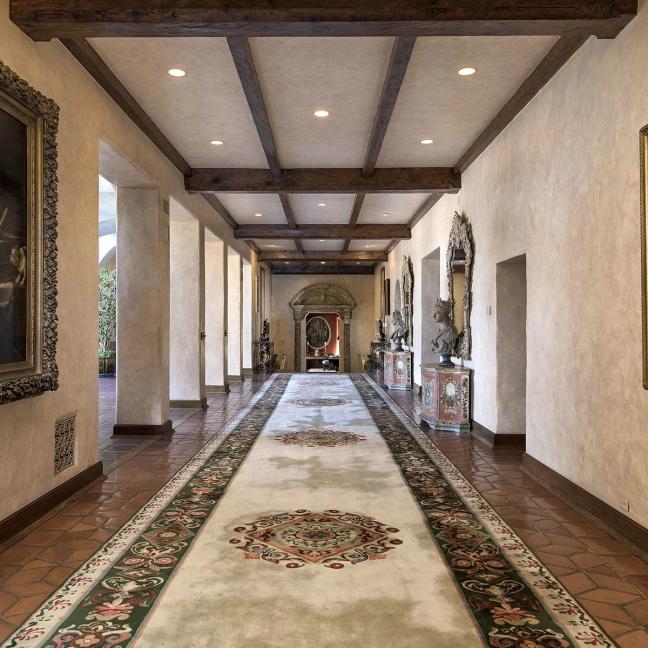
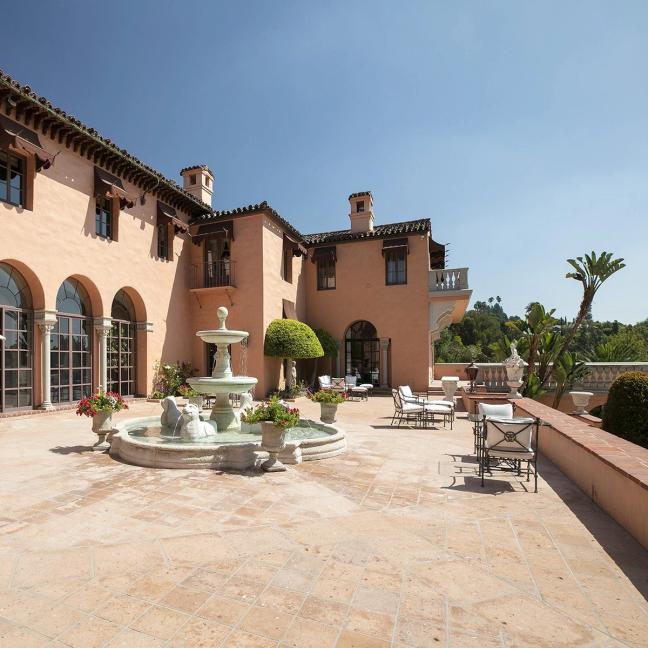
Fronting the property is a facade that’s dressed out in a calming palette of salmon-pink, and enough shrubbery and flora to keep a Tuscan nobleman content.
Within, you’ll find a double-level library that’s characterised by its hand-carved wooden panelling; a living space topped with a barrel ceiling; nine bedrooms; nearly twice as many bathrooms; and ample common space to entertain several sizeable Sicilian families and their associates.

Anchoring the billiards room is a stone fireplace that was acquired from Hearst Castle, Hearst’s other architectural glory, located halfway between San Francisco and LA.

For visitors who enjoy scheming in solitude, there are is also a pair of guest flats located across the compound, which also features waterfalls (note that swimming with fishes is frowned upon in this area), Paul Thiene-designed gardens, a series of pools fit for Poseidon, a pool house and a tennis pavilion. (Rather disappointingly, although viewers of The Godfather are taken through Wolz’s estate as he plays host to Corleone consigliere Tom Hagen, the legendary horse-head scene was, contrary to common belief, allegedly filmed at a location on Long Island, New York).
To round things off, following a day of dealings, the Art Deco bar, which includes design features taken from Touch, Hugh Hefner’s one-time members’ club in LA, offers a place in which one can have a glass of vino and a cannoli in solitude.
Want to see where Vito Corleone really lived? Here we show you around Marlon Brando’s Hollywood Hills home…
Become a Gentleman’s Journal member. Find out more here.

Become a Gentleman’s Journal Member?
Like the Gentleman’s Journal? Why not join the Clubhouse, a special kind of private club where members receive offers and experiences from hand-picked, premium brands. You will also receive invites to exclusive events, the quarterly print magazine delivered directly to your door and your own membership card.

